You are using an out of date browser. It may not display this or other websites correctly.
You should upgrade or use an alternative browser.
You should upgrade or use an alternative browser.
Keystone Krops
- Thread starter Mennoniteman
- Start date
Mennoniteman
Well-Known Member
The clover is 6". I planted around 20 acres, so I used bin run oats to save money,. Not all of these oats are planted in clover.Wow! You’re at flag leaf already. How tall is the clover, and did you plant a specific variety of oats?
Sent from my iPhone using Tapatalk
dogghr
Well-Known Member
My March 13th oats drilled no-till into an existing ladino clover field, after 2 months they are in some serious competition to see who can stay on top.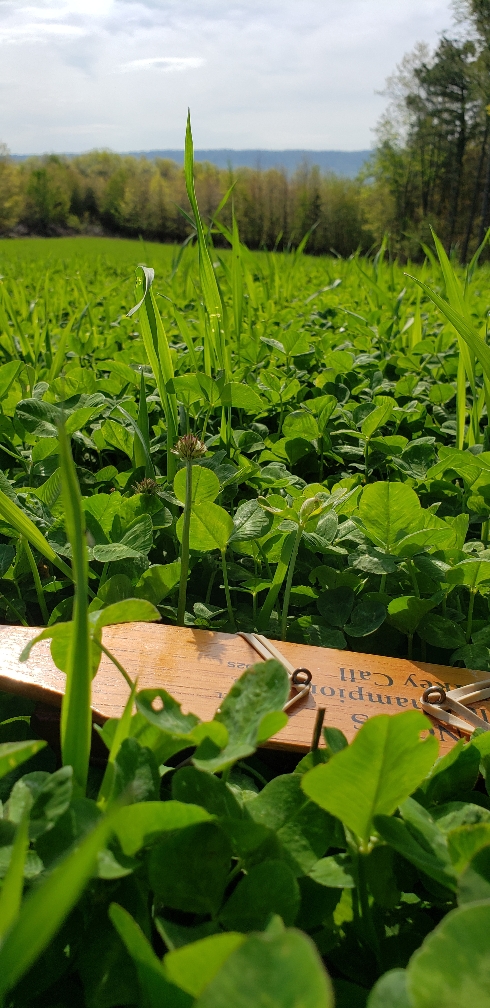
Wow nice clover field.
Sent from my iPhone using Tapatalk
Mennoniteman
Well-Known Member
I like Mississippi. The Macon area is where we travel to sometimes.Good looking clover and oats.
My best clover is within 6 inches of overtaking the volunteer ryegrass seed heads.
We are about a month ahead of you.
Mennoniteman
Well-Known Member
A picture of a bald eagle taking on a strutting longbeard on my friend's game cam a week ago. Further video shows the gobbler escaping with the loss of two feathers. This same gobbler liked strutting in front of the camera, and he was back 3 days later.

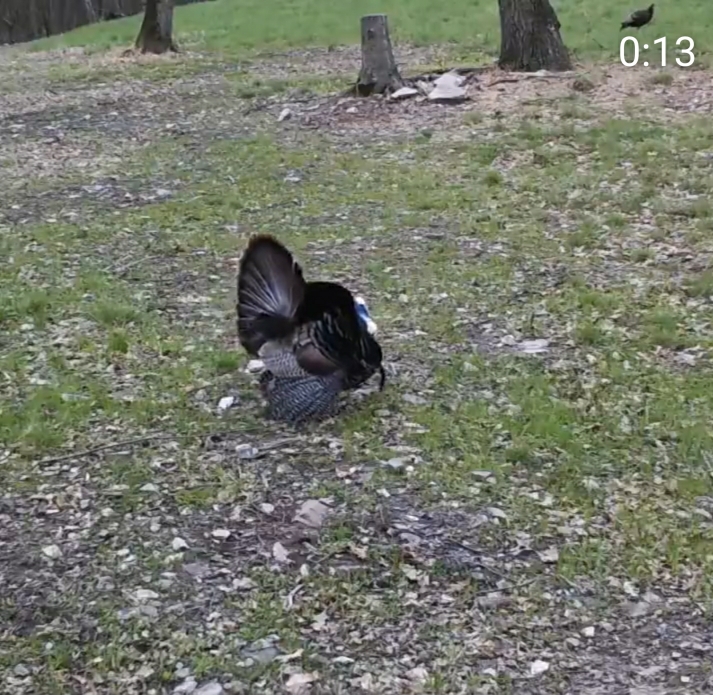


A picture of a bald eagle taking on a strutting longbeard on my friend's game cam a week ago. Further video shows the gobbler escaping with the loss of two feathers. This same gobbler liked strutting in front of the camera, and he was back 3 days later.


Great picture!
Sent from my iPhone using Tapatalk
Mennoniteman
Well-Known Member
I hid these notill Derry Forage Beans in standing rye so that the deer and turkeys don't find them. So far this is working great.

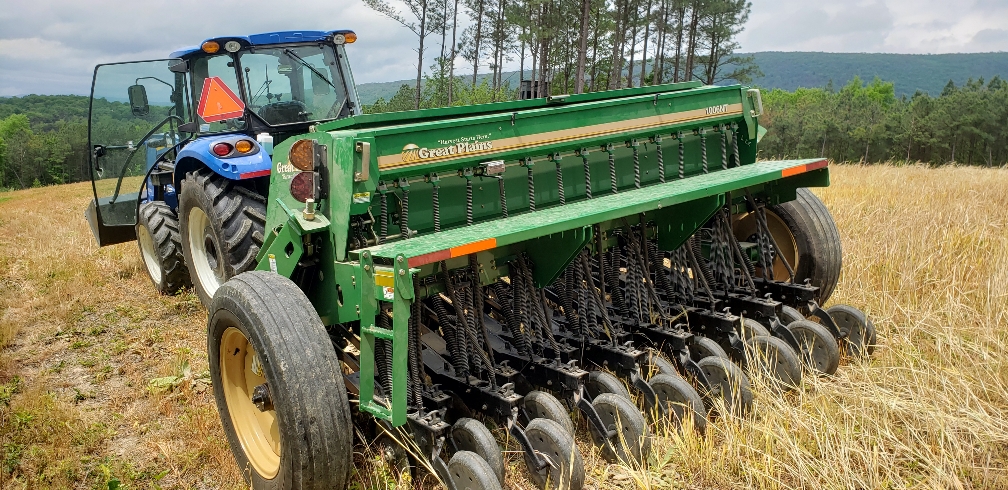


MarkDarvin
Well-Known Member
I hid these notill Derry Forage Beans in standing rye so that the deer and turkeys don't find them. So far this is working great.
Those beans look really happy. Keeping the soil from splashing up on them goes a long way towards plant health. Lot of things right there guy.
Mennoniteman
Well-Known Member
"Keeping the soil from splashing up on them goes a long way towards plant health" I'm not familiar with soil splashing being negative to plant health. Teach me something new here.Those beans look really happy. Keeping the soil from splashing up on them goes a long way towards plant health. Lot of things right there guy.
MarkDarvin
Well-Known Member
Splashing soil can be a vector for fungal problems."Keeping the soil from splashing up on them goes a long way towards plant health" I'm not familiar with soil splashing being negative to plant health. Teach me something new here.
https://fyi.extension.wisc.edu/fiel...n_pests_diseases/septoria_brown_spot_soybean/
Walk out into new planting in tilled soil after a good rain. You'll see all kinds of soil splashed up on the stems and lower leaves a few inches. Rain hitting bare dirt is like millions of little missiles striking the soil surface, sending up spore covered soil shrapnel.
Mennoniteman
Well-Known Member
That's a good article for anyone raising soybeans. It doesn't specifically say soil splashing but says rain splashing. Common sense would say that straw on the ground or partially standing would both help slow down the splashing effect. It'd be interesting to see a study of bare dirt vs residue covered soil in disease transmission.Splashing soil can be a vector for fungal problems.
https://fyi.extension.wisc.edu/fiel...n_pests_diseases/septoria_brown_spot_soybean/
Walk out into new planting in tilled soil after a good rain. You'll see all kinds of soil splashed up on the stems and lower leaves a few inches. Rain hitting bare dirt is like millions of little missiles striking the soil surface, sending up spore covered soil shrapnel.
Mennoniteman
Well-Known Member
The straw that you see in my soybean picture is rye, so that should not have any soybean attacking fungi on it. The problem with discing in the soybean straw is that soybean often mature so late that the farming season is mostly over as far as establishing a cover crop to cover the bare dirt before winter, especially if the beans are left standing for winter deer food. Interseeding broadcast rye into standing beans was my go to method but that leaves the soybean straw standing.From the article it appears they want you to till the bean straw under to prevent the fungal infection. It also appears the fungus comes from the bean residue which would make you want to till it under.
MarkDarvin
Well-Known Member
You've got to be careful you don't fix one problem and create two more. If you've got enough money and machinery, you can buy your way out of most problems for a while, but you end up in a never ending escalation against normal soil function.From the article it appears they want you to till the bean straw under to prevent the fungal infection. It also appears the fungus comes from the bean residue which would make you want to till it under.
Mennoniteman
Well-Known Member
So right. Buying your way out of trouble is like trading away freedom for security. The quick fix can lock you into longterm problems. I think what you are trying to say is that if the farming practices are correct at the start there won't be any fungus in the bean straw and so it won't matter if the residue is on top and no tillage is needed.You've got to be careful you don't fix one problem and create two more. If you've got enough money and machinery, you can buy your way out of most problems for a while, but you end up in a never ending escalation against normal soil function.
Mennoniteman
Well-Known Member
There is green gold hidden in this yellow rye straw.
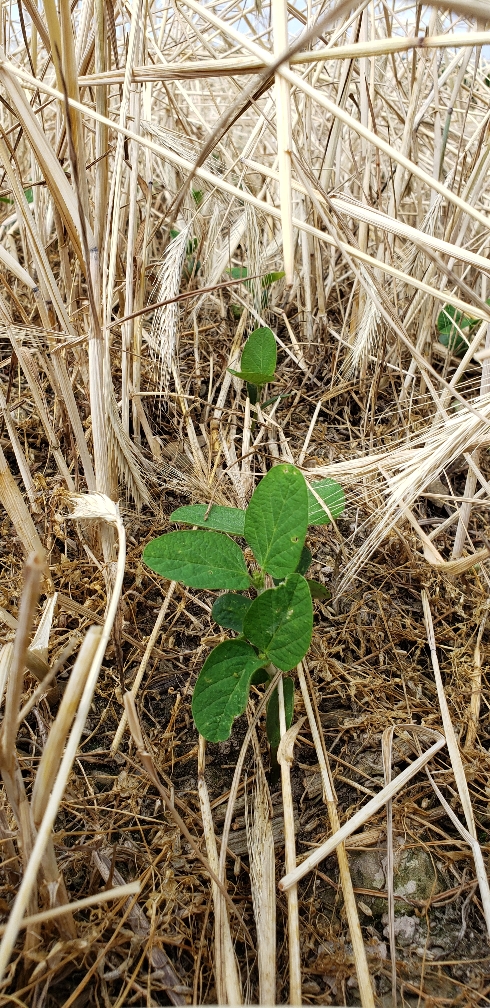
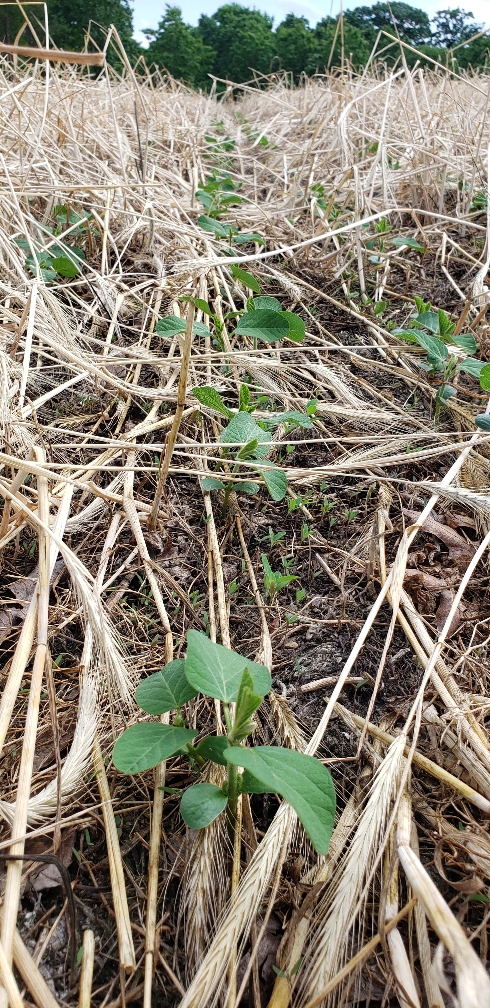


Mennoniteman
Well-Known Member
If you can get your hands on a notill drill it opens up a whole new world of planting opportunities. There's a lot of things that you can notill into existing clover in the spring with good results. Brassica of any kind, buckwheat, oats, pearl millet etc.Tons of good information in here; you’ve got me thinking about no-tilling into older clover next spring. The extension office drill should be pretty free in the spring. It’s tough to get on the schedule in the fall.
Mennoniteman
Well-Known Member
We wanted a small food plot at one of our secondary hunting spots that was mostly brush and woods, so I cleared an acre this past winter and got a soil test. The test asked for fertilizer and a ton of lime but that wasn't in our time and budget. We frost seeded Regal Graze ladino clover in February and broadcast oats in mid-March, sprayed 2,4-DB in April, and hoped for the best, expecting the worst. How would you guess this plot turned out?
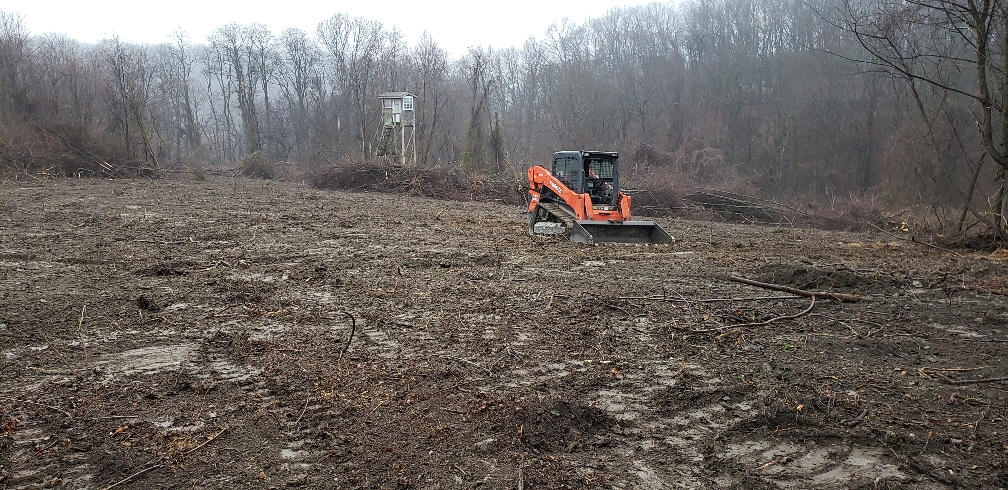



Similar threads
- Replies
- 10
- Views
- 2K
- Replies
- 117
- Views
- 19K
